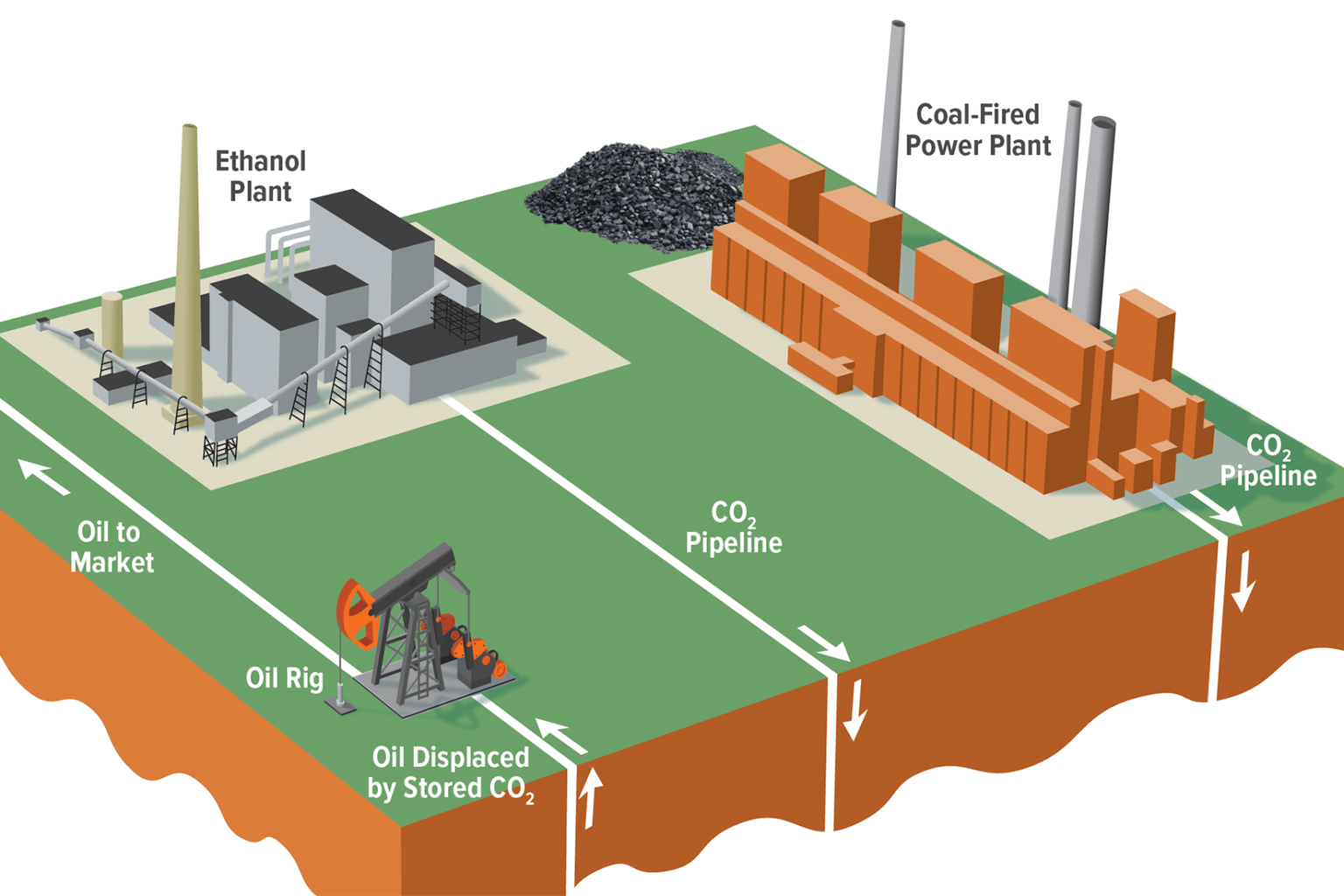In Short : As of my last knowledge update in January 2022, carbon capture and storage (CCS) initiatives in the United States are part of efforts to reduce greenhouse gas emissions. CCS involves capturing carbon dioxide (CO2) emissions produced from the use of fossil fuels in electricity generation and industrial processes and then storing them underground to prevent their release into the atmosphere.
In Detail : CBO examines the status, federal support, and future potential of carbon capture and storage—a process that removes carbon dioxide from the emissions of power plants and industrial facilities and stores it permanently underground.
To help reduce U.S. emissions of carbon dioxide (CO2), the federal government has provided financial support for more than a decade to spur the development and use of technologies for capturing CO2 emissions. Recent legislation has significantly boosted annual funding for those efforts.
In this report, the Congressional Budget Office examines the status, federal support, and future potential of carbon capture and storage (CCS)—a process that involves removing CO2 from the emissions of power plants and industrial facilities and storing it permanently underground. CCS is used to only a small extent today; various factors will affect the degree to which it is used in the future.
Status of Carbon Capture and Storage. Fifteen CCS facilities are currently operating in the United States. Together, they have the capacity to capture 0.4 percent of the nation’s total annual CO2 emissions. An additional 121 CCS facilities are under construction or in development. If all of them were completed, they would increase the nation’s CCS capacity to 3 percent of current annual CO2 emissions.
Those percentages are small in part because CCS is generally used in sectors that have the lowest costs for capturing CO2—such as natural gas processing and ammonia and ethanol production—and those sectors account for a small share of total U.S. CO2 emissions. Almost all CCS facilities recoup some of their costs by using the captured CO2 to force more oil out of partially depleted oil wells.
Federal Financial Support for CCS. Annual appropriations for CCS research and related programs totaled $5.3 billion (in nominal dollars) over the 2011–2023 period. Outside the regular appropriation process, the American Recovery and Reinvestment Act of 2009 provided $3.4 billion in funding for CCS programs (some of that funding was spent, and the rest expired). More recently, the 2021 Infrastructure Investment and Jobs Act provides $8.2 billion in advance appropriations for CCS programs over the 2022–2026 period.
In addition, companies that capture and store CO2 are eligible for the section 45Q federal tax credit, which gives them an incentive to use CCS and reduces federal revenues. According to the Treasury, companies claimed a total of $1 billion in those credits from 2010 to 2019. The reconciliation act of 2022 expanded the section 45Q credit significantly. The staff of the Joint Committee on Taxation projects that the tax credit will reduce revenues by about $5 billion over the 2023–2027 period.
Factors Affecting the Future Use of CCS. The extent to which carbon capture and storage will be used in the future is highly uncertain. Its prospects depend on a variety of factors, including changes in the cost to capture CO2, the availability of pipeline networks and storage capacity for transporting and storing CO2, federal and state regulatory decisions, and the development of clean energy technologies that could affect the demand for CCS.

